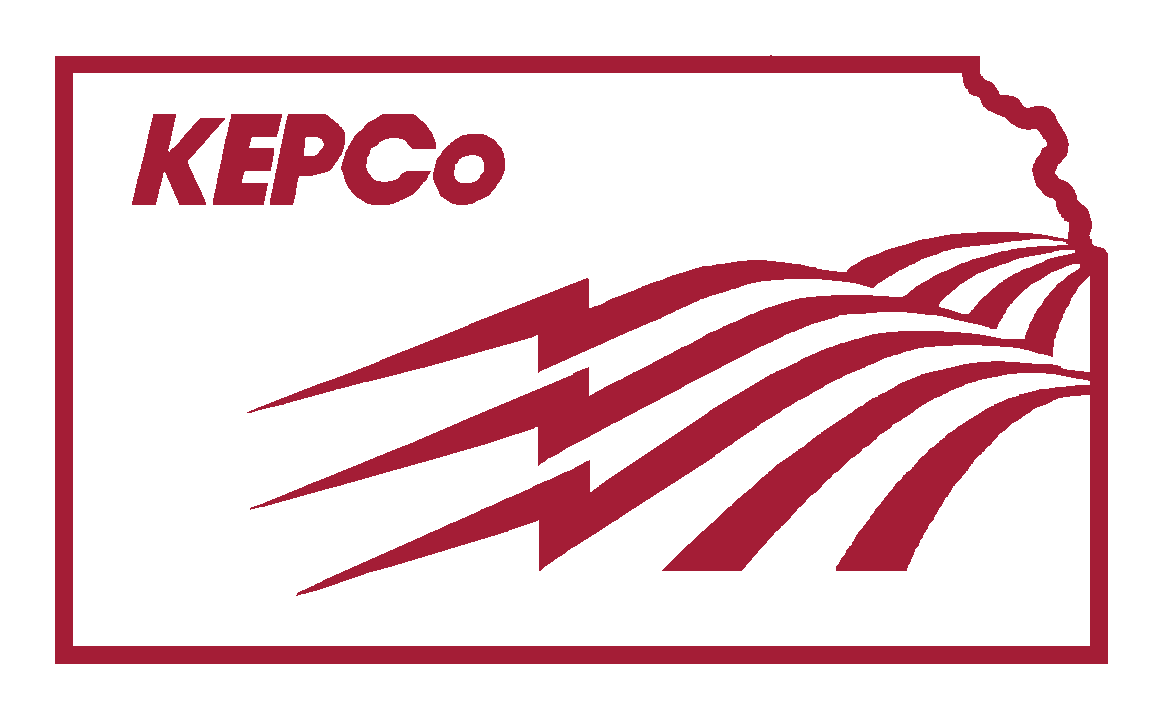KEPCo History
The Cooperatives’ Cooperative
On Feb. 13, 1975, six distribution cooperative visionaries filed the articles of incorporation for Kansas Electric Power Cooperative, Inc. (KEPCo). C & W Rural Electric Cooperative Association, Inc., Central Kansas Electric Cooperative, Inc., D. S. & O. Rural Electric Cooperative Association, Inc., N. C. K. Electric Cooperative, Inc., Norton-Decatur Cooperative Electric Co., Inc., and Radiant Electric Cooperative, Inc. had a growing concern about the adequacy of long-term power supply to rural Kansas at a reasonable cost.
Their mission was to improve the quality, dependability, and affordability of their power supply.
They formed KEPCo to pool their purchasing power for wholesale electricity.
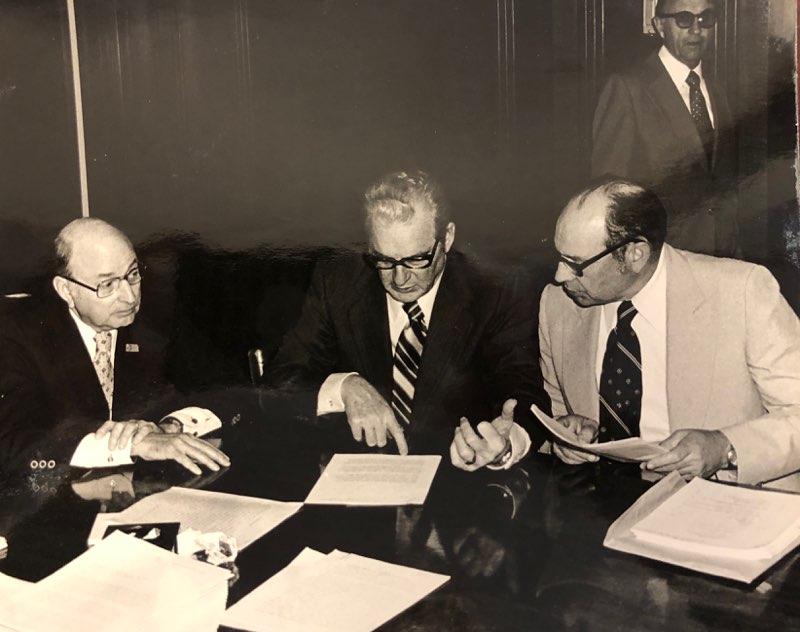
KEPCo was able to provide power, energy, and related services to the six initial member-owners at a lower price and better terms than each co-op could obtain on its own from existing power suppliers. Organized as a generation and transmission (G&T) rural electric cooperative, KEPCo was considered the “cooperatives’ cooperative.”
Since its incorporation, numerous other distribution cooperatives joined KEPCo, which at one time totaled 28 members. KEPCo currently has 16 members, which is primarily the result of member merger and consolidation.
KEC Power and Energy Committee
At its inception, KEPCo operated as a single entity with Kansas Electric Cooperatives, Inc. (KEC), the statewide rural electric cooperative association. In the early 1970s, KEC formed the Power and Energy Committee to find a solution to the power supply problems in the eastern two-thirds of rural Kansas. The committee concluded the most effective long-term solution was to form a G&T, which resulted in the creation of KEPCo. Charles Ross, who also served as KEC’s executive vice president, was selected as KEPCo’s first executive vice president. Howard L. Sell, manager of Radiant Electric Cooperative, Inc., was elected as KEPCo’s first board of trustees president.
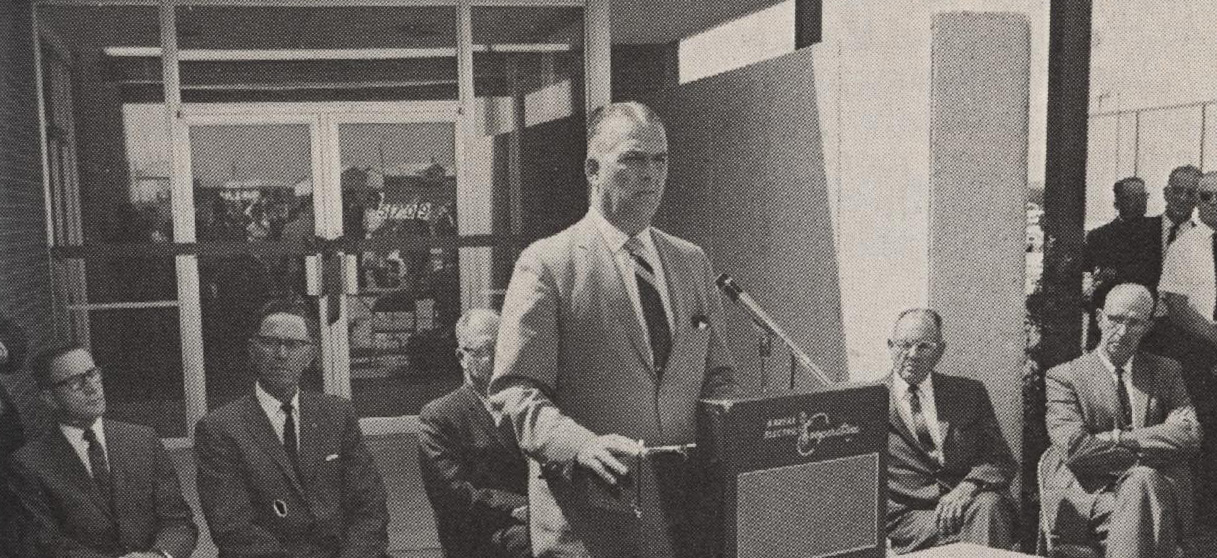
It was recognized from the beginning that KEC could not serve as both the power supply entity and the statewide association, so shortly after the formation of KEPCo, KEC’s Power and Energy Committee dissolved. In January 1978, KEPCo and KEC officially became separate, parallel corporations under common management, and in March 1980, KEPCo and KEC discontinued common management, with Ross remaining at the helm of KEPCo.
Early Power Supply
While KEPCo was being formed, the KEC Power and Energy Committee attempted to purchase hydropower from the Southwestern Power Administration (SWPA). At that time, Kansas preference customers had never benefitted from federally produced, economically priced hydropower, nor was Kansas included in SWPA’s five-state marketing area. However, the committee sought support for Kansas’ inclusion in SWPA’s marketing area from both of Kansas’ U.S. senators and the assistant secretary of the Department of the Interior, also a Kansan, who had oversight responsibilities for the Federal Power Marketing Agencies. The committee’s persistence and determination paid off: Kansas became the sixth state included in SWPA’s marketing area, making it possible to acquire a 90-MW allocation of low-cost hydro peaking power, which remains part of KEPCo’s power supply portfolio today.
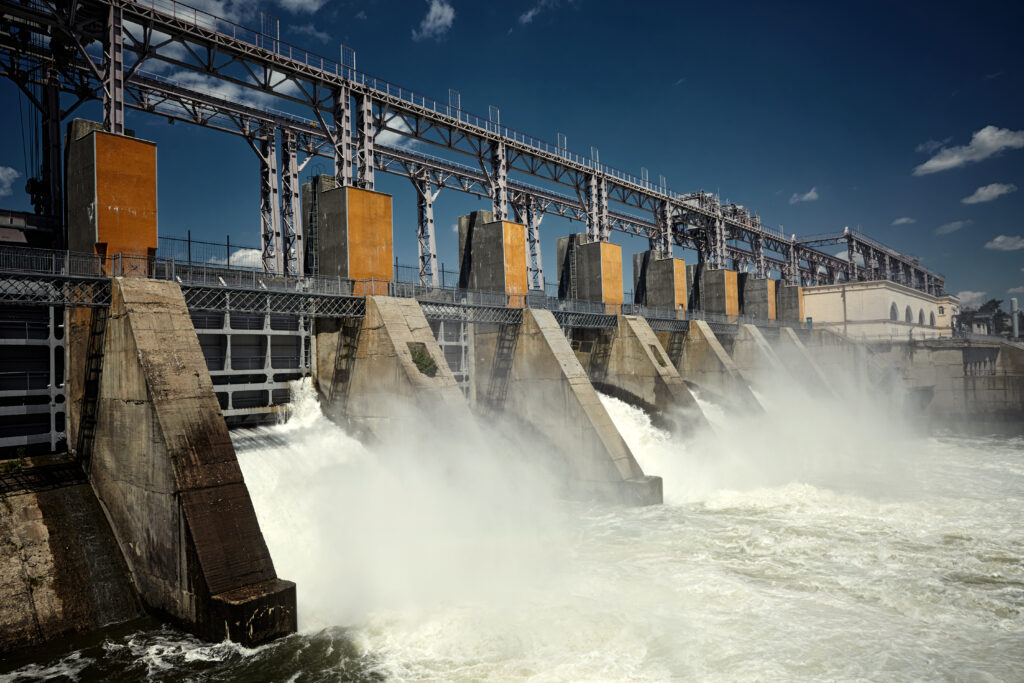
From Hydropower to Nuclear Energy
Acquiring an allocation of hydropower from SWPA was contingent upon three conditions:
- A contracting entity would be organized;
- A firm baseload power supply with which to match the hydro peaking power would be assured; and
- Transmission access would be available to move the hydropower from near Carthage, Missouri to the Kansas rural electric cooperative load centers.
The organization and incorporation of KEPCo satisfied the first condition, and KEPCo was able to contract for baseload capacity to match the hydro peaking power, which met the second condition. The third requirement – transmission access to bring the power into Kansas – presented a difficult roadblock. At that time, investor-owned utilities owned all the transmission in the eastern two-thirds of the state and open access to their system was not required.

Securing transmission access came in the unlikely form of nuclear energy.
KEPCo filed and prosecuted a federal anti-trust lawsuit against Kansas Gas and Electric Company (KGE) and Kansas City Power and Light Company (KCPL) to allow KEPCo “meaningful access” to the companies’ transmission systems. In the meantime, KGE and KCPL announced plans to build a nuclear generating plant, to be located near Burlington, Kansas, and named Wolf Creek Generating Station (Wolf Creek). The Atomic Energy Act of 1954 required that any entity building a facility utilizing nuclear technologies must offer viable participation in the project to nonprofit consumer-owned electric utilities. The offer was extended to KEPCo.
Initially, KEPCo accepted an 8% ownership interest, and when municipal electric systems determined they could not participate as planned, KEPCo agreed to accept their 9% interest for a total of 17%. This included 60 MW of the nuclear power for Sunflower Electric Power Corporation (Sunflower), a G&T serving eight western Kansas rural electric cooperatives. As part of the deal, KEPCo agreed to give Sunflower 30 MW of its 90 MW of hydropower allocation from SWPA.
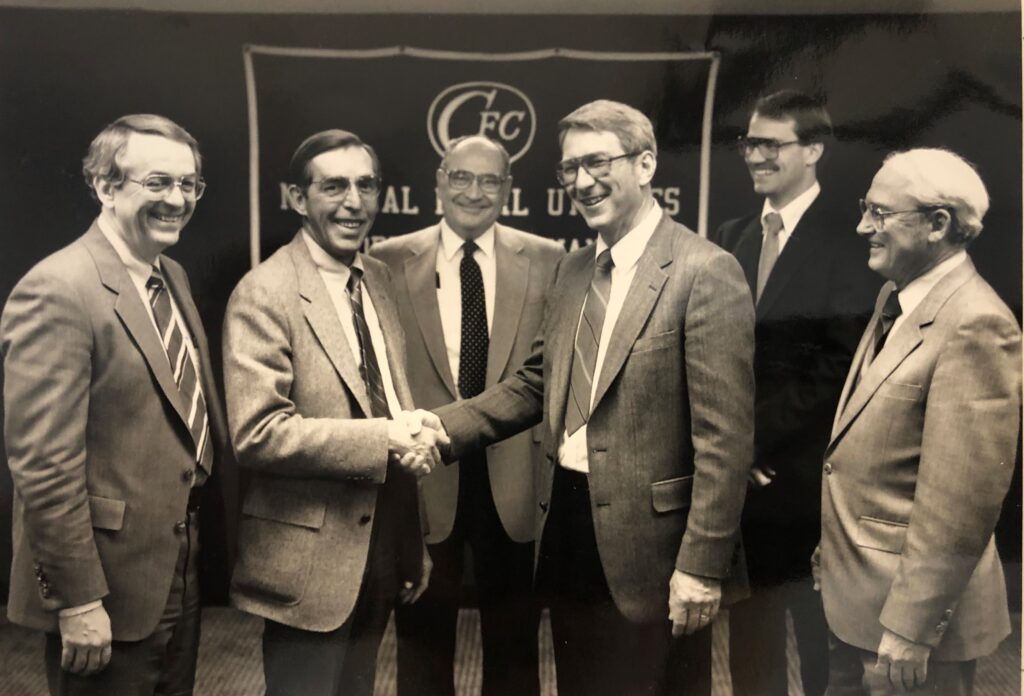
Charles B. Gill, CFC Governor, congratulates KEPCo Board President Alvin Zwick, upon the completion of signing the Wolf Creek Generating Station refinancing documents.
In April 1979, after intense negotiations resulting in a settlement agreement, KEPCo signed the Wolf Creek ownership contracts along with KGE and KCPL. The terms of the agreement included not only KEPCo’s ownership interest in Wolf Creek, but also transmission access to power from SWPA, which satisfied the third condition needed to acquire its allocation of hydro peaking power. Thus, KEPCo’s ownership and participation in Wolf Creek were critical to rural Kansans receiving and benefiting from low cost hydropower and essential for the construction of Wolf Creek.
Ultimately, Sunflower decided to build its own coal-fired generating plant, Holcomb Station. This 300-MW plant was adequate to meet Sunflower’s loads, so Sunflower withdrew from the Wolf Creek project. KEPCo’s 17% ownership share was reduced to 6%. Additionally, KEPCo retained all 90 MW of its hydro allocation from SWPA, which was later increased to 100 MW, along with an additional 13-MW hydro allocation from the Western Area Power Authority (WAPA).
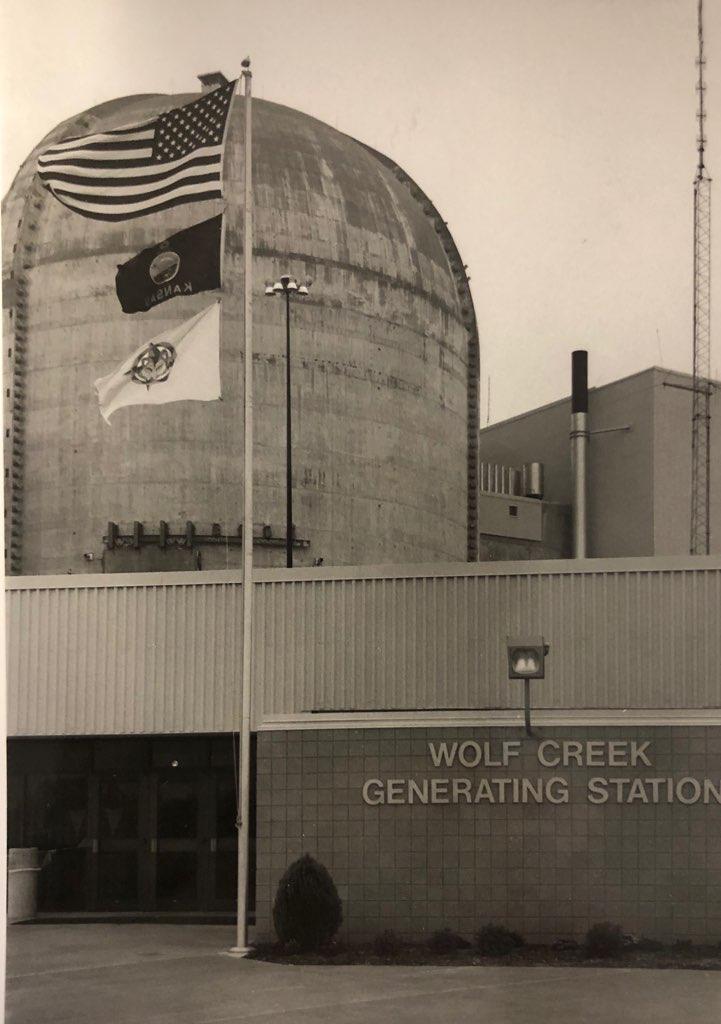
An early photo of Wolf Creek Generating Station
Regulatory Approvals
In October 1980, KEPCo was granted a limited certificate of convenience and necessity from the Kansas Corporation Commission (KCC) to operate as a G&T public utility. At that time, all aspects of KEPCo’s business was regulated by the KCC. In October 2009, KEPCo’s rates were deregulated from the KCC’s regulatory oversight at KEPCo’s election as allowed by Kansas law and, instead, are set by KEPCo’s Board of Trustees. The KCC retains jurisdiction over service territory, certain power sales, wire stringing, transmission line siting, and practices related to underground utility facilities, among other areas.
In March 1985, the Nuclear Regulatory Commission (NRC) granted a license to Wolf Creek Nuclear Operating Corporation for the operation of Wolf Creek Generating Station, at which time fuel loading began. The plant began commercial operation in September 1985. The NRC initially granted Wolf Creek a 40-year license. Then, in October 2006, Wolf Creek applied for a renewal and extension of the plant’s operating license, which was granted in November 2008, extending the license from 40 years to 60, until 2045.
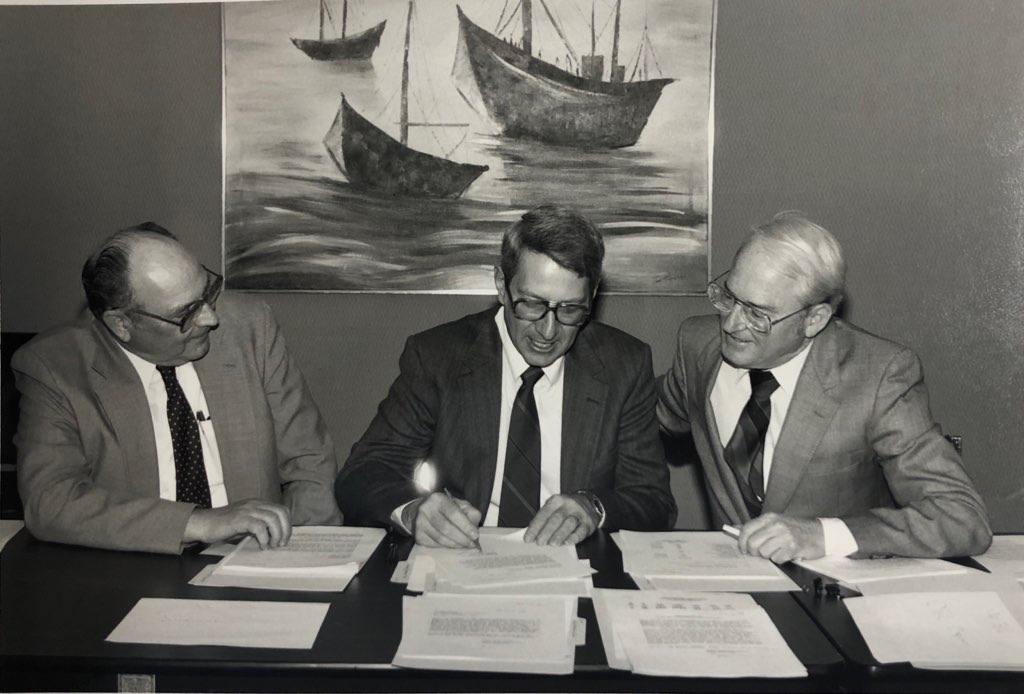
Hitting Our Stride
Throughout the 1990s, KEPCo continued its core mission to procure an adequate and reliable power and energy supply for its distribution electric cooperative members at a reasonable cost, doing so through a mix of owning generation, purchasing power using a combination of long- and short-term contracts, and pursuing strategic partnerships for co-ownership of generation resources depending on KEPCo’s load requirements at the time.
Additionally, as a result of strong fiscal management, KEPCo recorded positive equity for the first time in April 1995 and allocated $4.5 million in capital credits to its members.
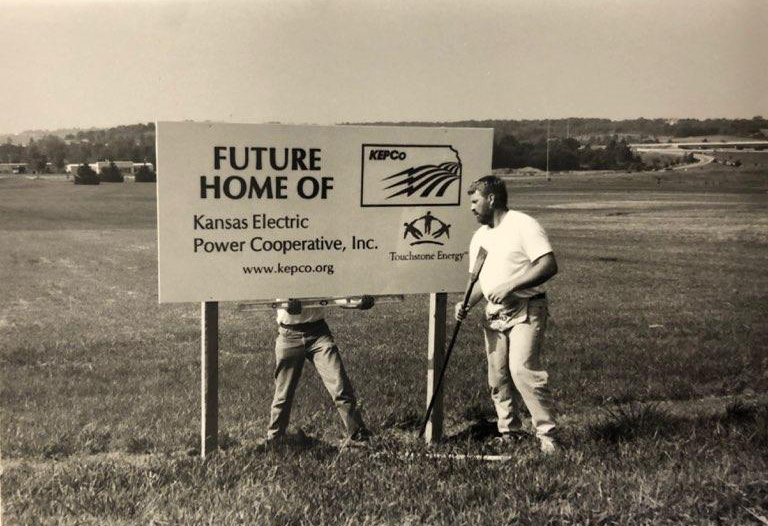
Less than two years later, in January 1997, KEPCo returned capital credits in cash to its members. As of the end of 2019, KEPCo has allocated a total of $95,047,166 and has returned $8,456,142 in cash to its members. Another indicator of KEPCo’s sound financial position was demonstrated by a rate reduction to its members. In December 1998, KEPCo reduced its members’ rates by $7.74 million, or 9.88%.
As a member services organization, KEPCo had been providing technical and engineering support to its members in metering, power quality, financial forecasts, and delivery point reliability, to name a few. However, the members expressed interest in exploring additional engineering programs and services from a trusted cooperative partner, rather than the individual members investing in the time, equipment, and personnel needed to provide such programs and services for themselves, or hiring other engineering consultants to do so. In response, KEPCo Services, Inc. (KSI) was established by the KEPCo Board of Trustees in June 1997 to develop and provide new, non-traditional programs and consulting services to KEPCo’s members. KSI is organized as a wholly owned, for-profit subsidiary of KEPCo with a separate board of directors.
As the decade drew to a close, KEPCo’s board approved the construction of a new headquarters for KEPCo. The groundbreaking ceremony for the new building was held on July 15, 1999, at the site in the Corporate Meadows Office Park near 6th Street and Wanamaker Road in Topeka. Nearly 100 people attended the ceremony, which not only commemorated construction of KEPCo’s first permanent home, but also the confidence of KEPCo’s membership and board of trustees in the future of KEPCo.
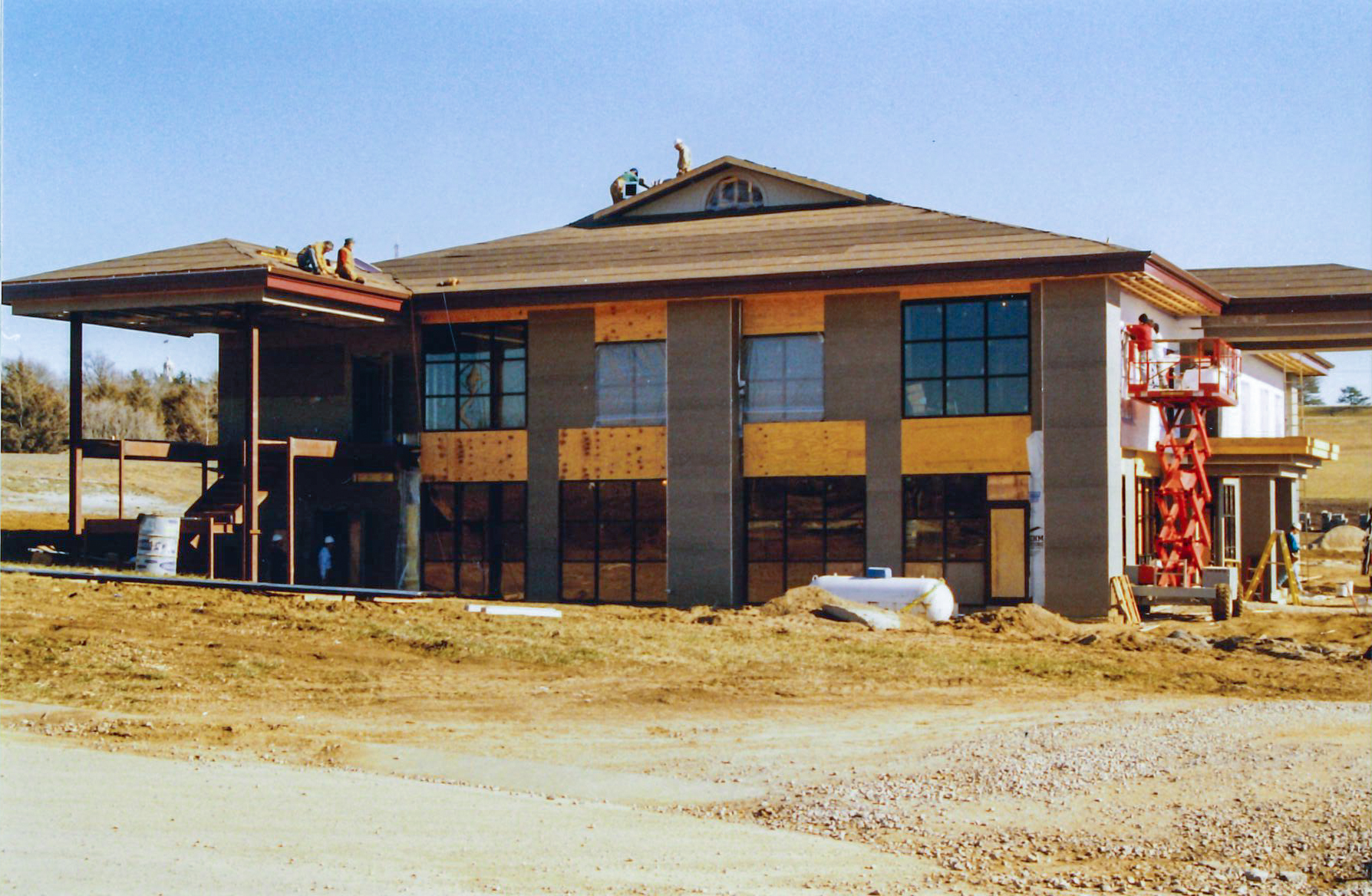
Construction of the new KEPCo headquarters began in July 1999
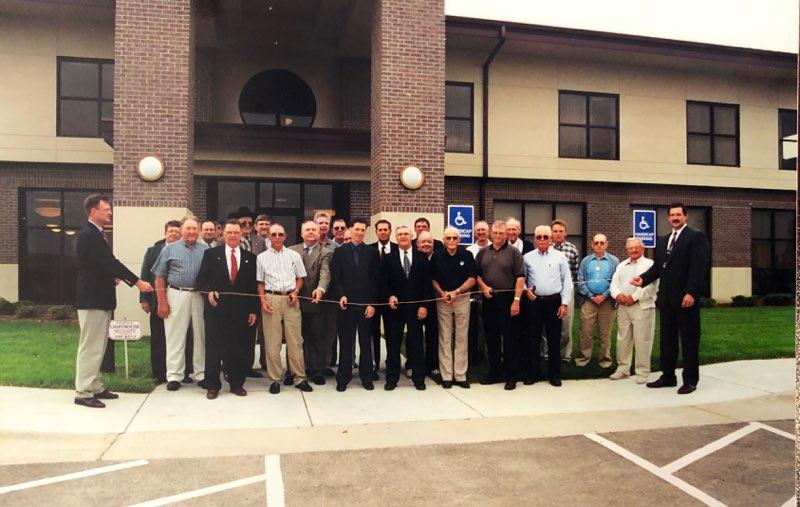
Board members for KEPCo held a ribbon cutting ceremony to celebrate the opening of the new headquarters.
The Next Generation
The ensuing years produced a variety of new and replacement power supply resources. Many of these resource decisions were made against a backdrop of regulatory and economic uncertainty due to climate concerns, volatile natural gas and other fuel prices, shortage in wholesale generation supply, and the myriad financial consequences of the collapse of the U.S. housing market. Despite these significant difficulties plaguing the U.S. and global economies, KEPCo’s ability to access affordable capital through its co-op lending partners such as U.S. Department of Agriculture’s Rural Utilities Service (RUS) and the National Rural Utilities Cooperative Finance Corporation (CFC) insulated KEPCo and, in turn, its members from the hardships experienced by other companies and industries. KEPCo’s ability to access affordable capital has been a key component in ensuring stable rates for its members for over two decades.
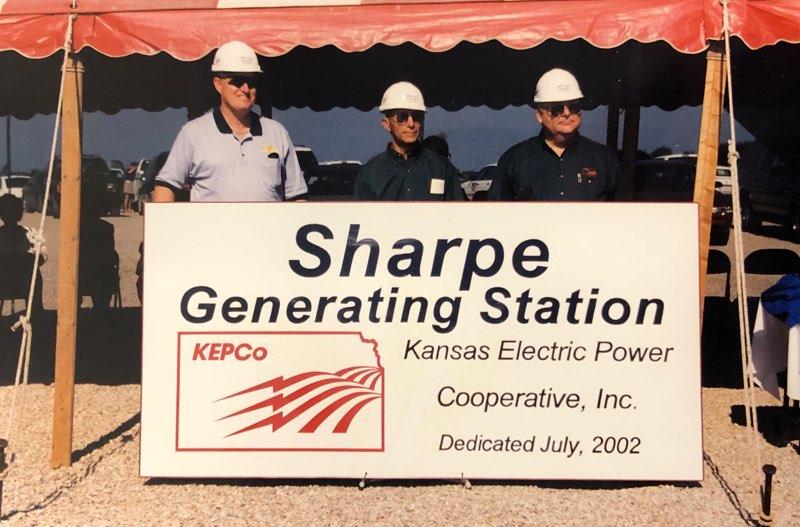
As KEPCo engaged in the power supply planning process, it looked at taking advantage of market opportunities and/or constructing the necessary generation facilities to meet its members’ power supply needs. In the end, KEPCo did both, continuing its efforts to diversify its power supply resources.
In October 2001, KEPCo’s board of trustees approved the purchase of 10 2-MW Caterpillar diesel-fired generators with 20 MW total capacity. Sharpe Generating Station is used as capacity reserves and is registered in the Southwest Power Pool, Inc. (SPP) Integrated Market. It is also used as an alternate source of power to Wolf Creek Generating Station during certain plant conditions. Sharpe began commercial operation in June 2002.
In May 2006, KEPCo executed documents to acquire a 30-MW ownership participation in Iatan 2, an 850 MW high-efficiency, supercritical, pulverized coal-fired generating facility. With its state-of-the-art emission control systems, Iatan 2 is considered one of the most efficient, low-pollution coal units in the U.S. The plant began commercial operation in 2010. Participating in Iatan 2 was an important step to stabilize KEPCo’s power supply and to mitigate member exposure to high and volatile natural gas and market-based electricity prices. In 2012, Iatan 2 was recognized as the nation’s most efficient coal-fired power plant and was awarded the Power Plant Operational Excellence & Stewardship Award by GP Strategies Corporation, a global performance improvement and technical solutions provider.
In 2007, KEPCo entered into a long-term power supply agreement with Westar Energy, Inc. and finalized a five-year purchase power agreement with KCPL as a bridge to meet its power supply needs while Iatan 2 was under construction.
KEPCo extended its 13-MW hydro allocation with WAPA in 2009 and executed an additional contract extension in 2014 until 2054. In 2012, KEPCo extended its 100-MW hydro allocation with SWPA until 2031.
In 2016, KEPCo’s board of trustees unanimously approved the addition of Prairie Sky Solar Farm, a 1-MW fixed tilt axis solar facility, to its already diverse resource mix, which became operational in February 2017.
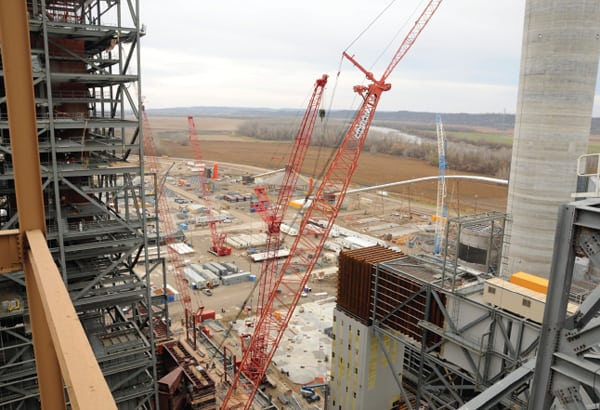
As part of its overall resource planning process, KEPCo also promotes energy efficiency and conservation to reduce consumption by offering incentives for its members’ retail customers who choose to purchase energy efficient electric water heaters and electric heating and cooling systems.
Additionally, KEPCo works with its members on a variety of load management programs to assist members in reducing their peak demand.
To create a long-term, reliable, economic power supply for its members, KEPCo continues to build a diverse and balanced power supply, which includes a mix of owning generation when prudent, purchasing power using a combination of long- and short-term contracts, adding renewables when cost effective, and incorporating demand side technology in power supply planning processes through member load management programs.
Additional Significant Milestones in the Life of KEPCo
In 2006, KEPCo completed efforts to extend member contracts to 2045, which was fundamental to KEPCo’s longevity and continued viability. The extension illustrates the confidence of its members in KEPCo’s long-term ability to meet the membership’s power and energy requirements at a reasonable cost. It also provides the financial basis and security needed to supply such power and energy in a cost-effective manner.
In 2009, the board of trustees unanimously voted to become deregulated from the KCC’s ratemaking jurisdiction. In October of that year, KEPCo’s rates were officially deregulated from the KCC’s regulatory oversight and, instead, are set by KEPCo’s board of trustees. While the KCC no longer sets KEPCo’s rate, it retains jurisdiction over a limited number of other matters, including service territory, certain power sales, wire stringing, transmission line siting, and practices related to underground utility facilities, to name a few.
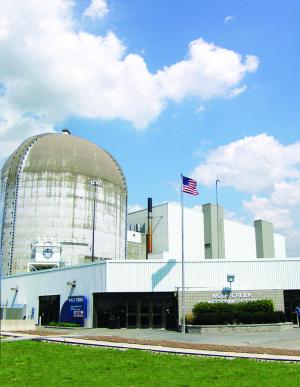
KEPCo developed a rate mechanism to allow its revenues to be adjusted in response to extreme circumstances, such as anomalous weather occurrences or unforeseen operating events, where the impact could cause the margin to be either unreasonably high or low, without the need to conduct a full rate study.
To implement this mechanism, KEPCo’s board of trustees established a margin stabilization adjustment (MSA) rider, which enables the board to implement a credit or surcharge to members when the margin earned by KEPCo exceeds, or is inadequate, to meet all of KEPCo’s debt obligations, sufficiently fund capital expenditure requirements, and maintain adequate working capital. The MSA rider became effective Dec. 31, 2011, upon approval from RUS. For service over the nine years ending Dec. 31, 2019, KEPCo has provided total MSA credits of approximately $103.85 million to its members.
As part of its ongoing efforts to control costs and maintain economical wholesale rates for its members, KEPCo restructured and refinanced the original debt associated with Wolf Creek. In addition to lowering the debt service on Wolf Creek, thus reducing KEPCo’s wholesale rate to its members, the refinancing better aligns the debt with the operating license extension to 2045.
KEPCo Today and the Future
KEPCo remains headquartered in Topeka, Kansas, and its staff administers the day-to-day operations necessary to procure an adequate and reliable power and energy supply for its 16 distribution electric co-op members at a reasonable cost. Collectively, KEPCo’s members serve more than 75,000 consumer-members in the eastern two-thirds of Kansas, which represents nearly 200,000 rural Kansans.
In addition to its core mission, KEPCo partners with its members on important activities including rural economic development, electric energy efficient appliance rebates, load and power cost forecasting, and system enhancement projects.
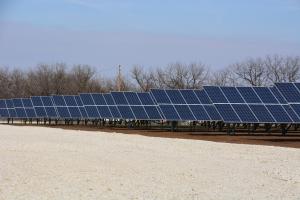
KEPCo also offers a wide range of technical and engineering services to its members and non-member cooperatives requiring engineering consulting services through its wholly owned, for-profit subsidiary, KSI.
KEPCo is governed by a 16-member board of trustees that establishes policies and acts on issues primarily based on recommendations from working committees of the board and KEPCo staff. The board also elects a seven-person executive committee, which includes the president, vice president, secretary, treasurer, and three additional members.
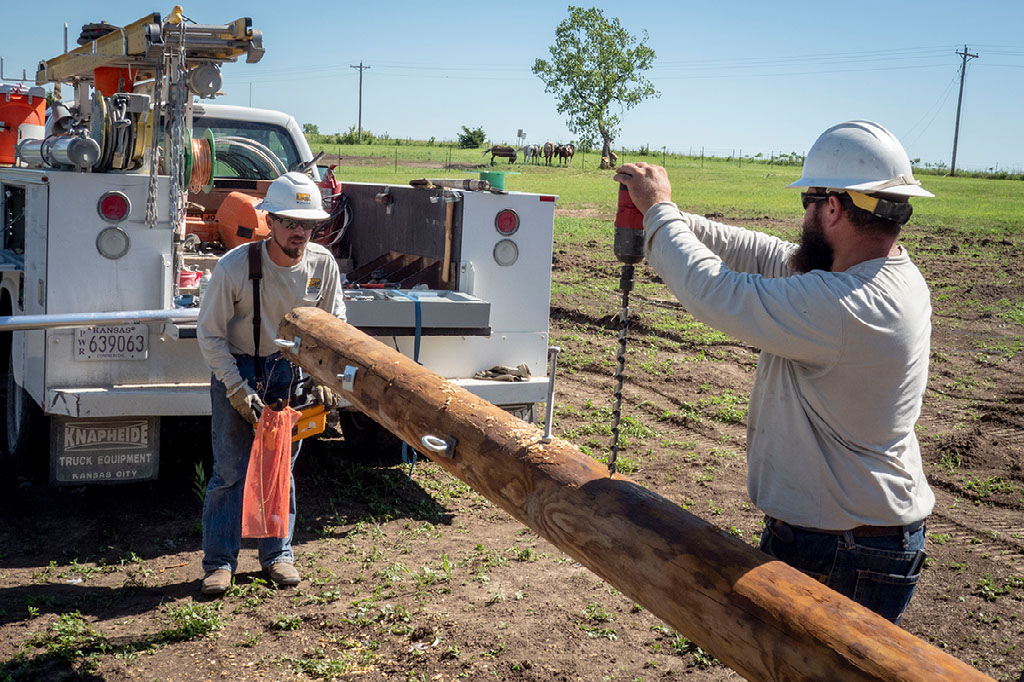
KEPCo’s power supply resources consist of 70 MW of owned generation from Wolf Creek Generating Station, 30 MW of owned generation from Iatan 2 Generating Plant, 20 MW of owned generation from Sharpe Generating Station, hydro allocations consisting of 100 MW from the Southwestern Power Administration and 13 MW from the Western Area Power Administration, 1 MW of owned generation from Prairie Sky Solar Farm, and partial requirement power purchases from regional utilities and the SPP integrated market.
KEPCo employs 25 staff with expertise in engineering, information technology, power supply, transmission, supervisory control and data acquisition (SCADA) operations, rates and rate design, finance, and accounting.
KEPCo strives for excellence in carrying out its core mission to provide safe, reliable, economical, and environmentally responsible power supply, exceptional support, and innovative services to its members and the Kansans they serve.
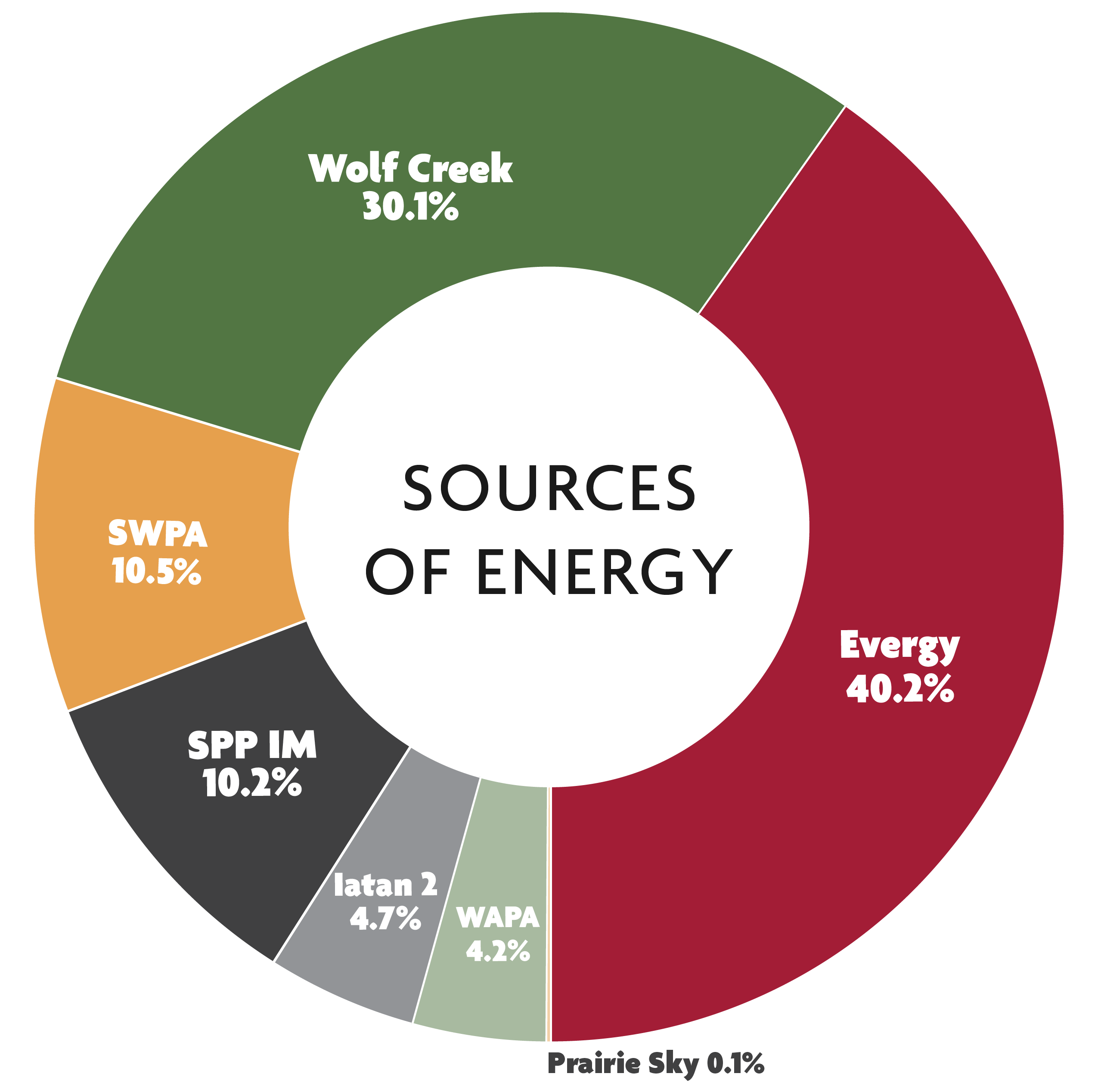
Where are They Now?
C & W Rural Electric Cooperative Association, Inc., Clay Center, and P. R. and W. Electric Cooperative Association, Inc., Wamego, consolidated in 1999 to become Bluestem Electric Cooperative, Inc.
Central Kansas Electric Cooperative, Inc., Great Bend, finalized its purchase of Central Kansas Power Company, an investor-owned utility in Hays, in 1981, and was renamed Midwest Energy, Inc.
DS&O Rural Electric Cooperative Association, Inc., Solomon, merged with Smoky Valley Electric Cooperative Association, Inc., Lindsborg, in 1991, with DS&O as the surviving entity.
N. C. K. Electric Cooperative, Inc., Bellevillle, Jewell-Mitchell Cooperative Electric Company, Inc., Mankato, and Smoky Hill Electric Cooperative Association, Inc., Ellsworth, consolidated in 2002 to become Rolling Hills Electric Cooperative, Inc.
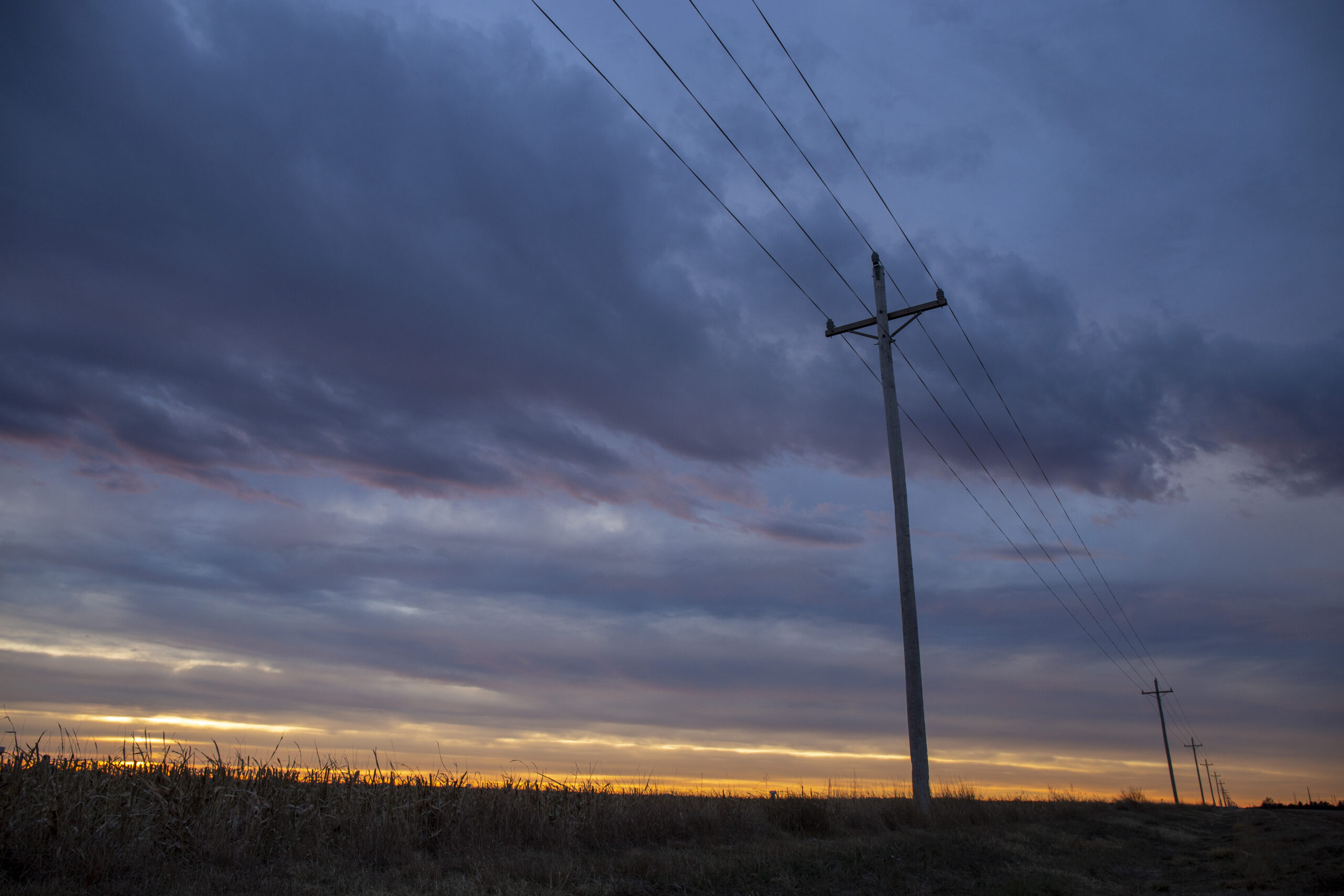
Norton-Decatur Cooperative Electric Company, Inc., Norton, merged with Northwest Kansas Electric Cooperative Association, Inc., in 1997, and was renamed Prairie Land Electric Cooperative, Inc.
Radiant Electric Cooperative, Inc., Fredonia, and Lyon-Coffey Electric Cooperative, Inc., Lebo, consolidated in 2020 to become 4 Rivers Electric Cooperative, Inc.
KEPCo’s Leadership Through the Years
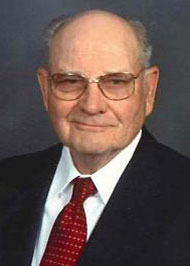
Charles Ross
February 1975 to April 1988
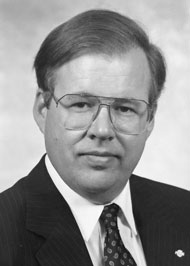
Charles Terrill
May 1988 to May 1995
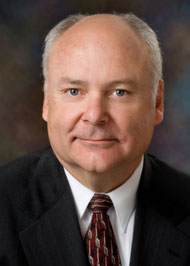
Stephen E. Parr
March 1996 to February 2013
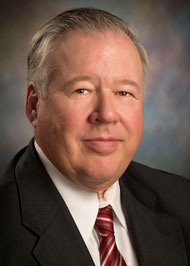
Charles Terrill (interim)
March 2013 to December 2014
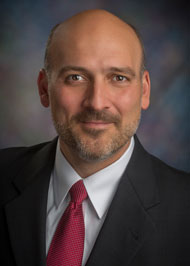
Marcus Harris
December 2014 to February 2018
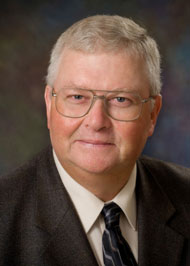
Ken Maginley (interim)
March 2018 to September 2018
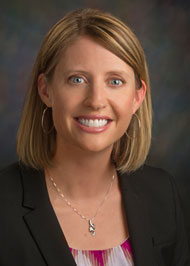
Suzanne Lane
October 2018 to March 2024
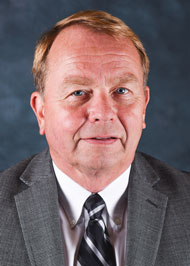
Steven O. Foss (interim)
March 2024 to present
